I M Pei: His most iconic buildings in pictures
- Published
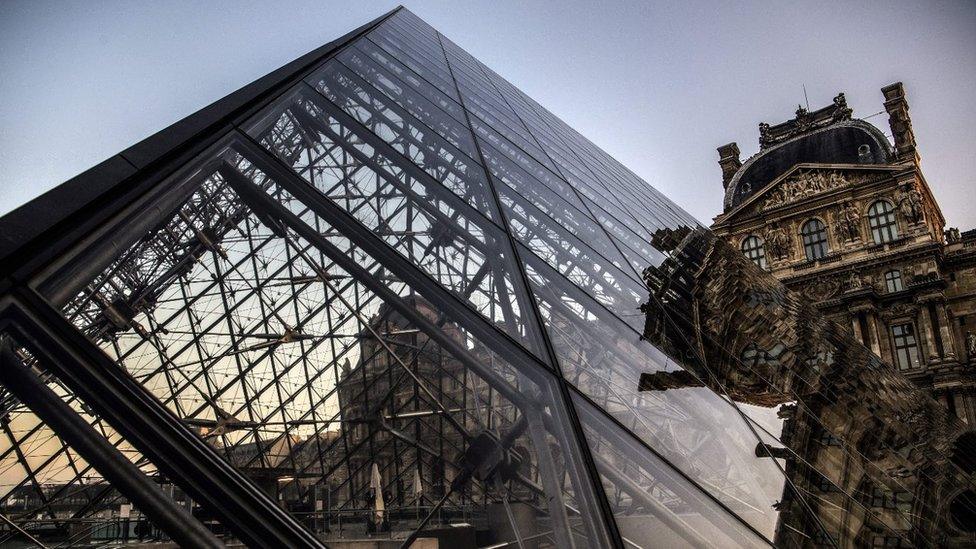
Ieoh Ming Pei designed the famous glass pyramid at the Louvre Museum in Paris
One of the world's best-known architects, I M Pei, has died at the age of 102.
His most famous structures include the glass pyramid at the Louvre Museum in Paris - which was widely reviled before it opened in 1989, but has come to be treasured as a French landmark.
His buildings are found across the globe, and include the Rock and Roll Hall of Fame in Cleveland, Ohio, and the John F. Kennedy Library in Boston. In Japan the Miho Museum bears his imprint, while he gave Singapore The Gateway - a skyscraper complex known for its striking angles.
Many of Ieoh Ming Pei's works have become iconic and influential structures, reflecting an emphasis on precision geometry, plain surfaces and natural light.

Initially a controversial addition to the old Louvre, the pyramid has become iconic over the past 30 years
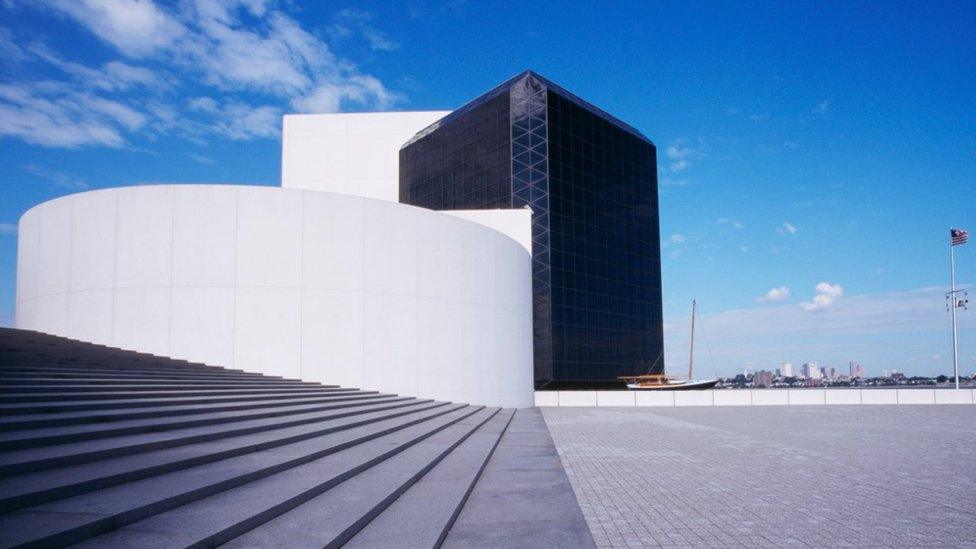
The Kennedy Library in Boston was commissioned to honour the former US president
Mr Pei said designing big public structures required an awareness of the past, but also the courage to explore.
In 1983, he won the Pritzker Prize, often referred to as the Nobel Prize of architecture.

Mr Pei worked well into old age, creating the Museum of Islamic Art in Doha, Qatar in his 80s
The Museum of Islamic Art in Doha, Qatar, which he designed after travelling for months to seek inspiration, opened to great acclaim in 2008.
"Islam was one religion I did not know," he told the Times newspaper. "So I studied the life of Muhammad. I went to Egypt and Tunisia."
Overall, more than half of his designs worldwide won major architecture awards.

In 1978, Pei designed the National Gallery East Building in Washington, DC
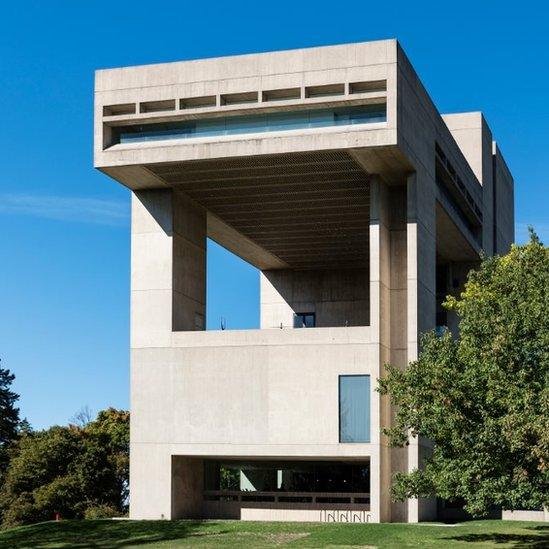
The Johnson Museum of Art was built in the early 1970s


The Meyerson Symphony Center in Dallas was opened in 1989 to rival the concert halls of Europe
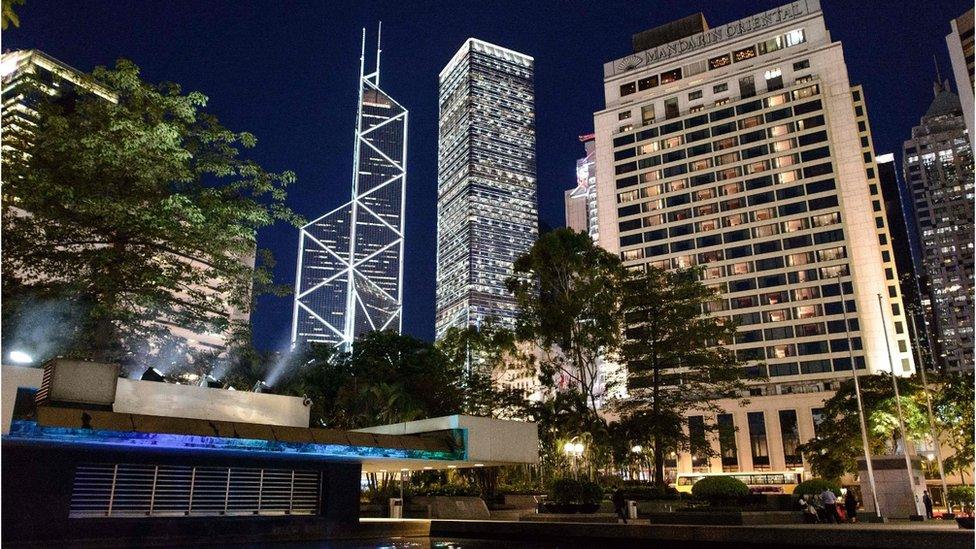
The Bank of China Tower (centre-left) has become integral to Hong Kong's skyline

The Mesa Laboratory in Colorado was completed in 1967 and gave I M Pei his first major recognition
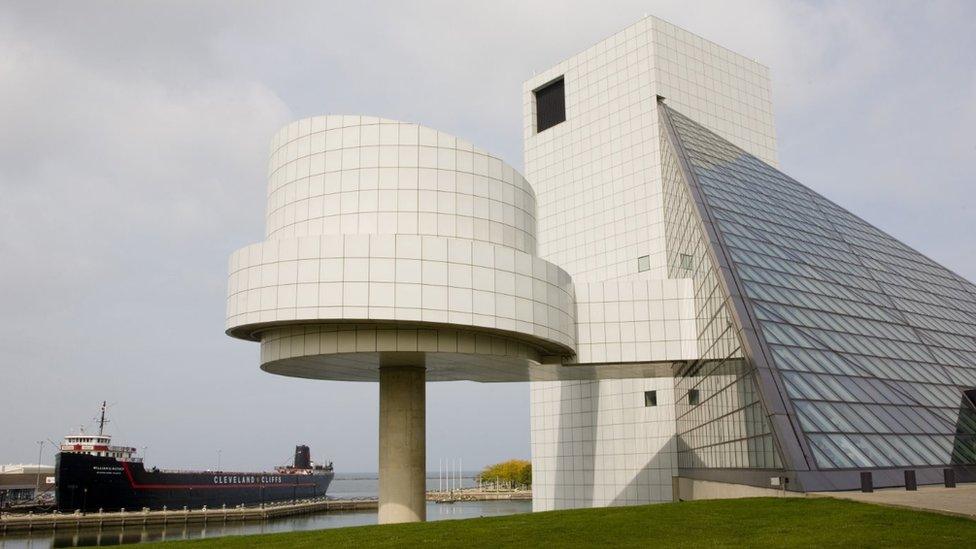
In Cleveland, the architect designed the Rock and Roll Hall of Fame
Related topics
- Published17 May 2019
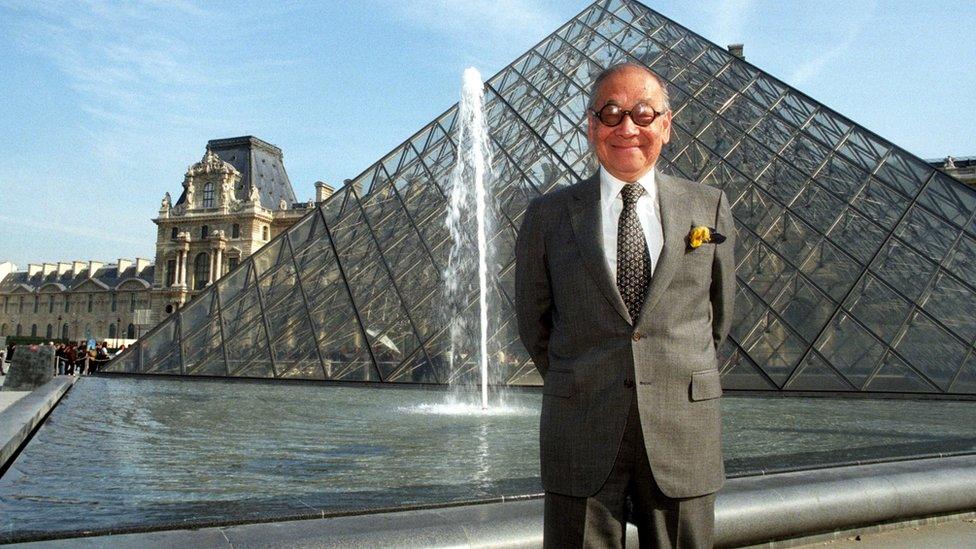
- Published10 October 2018
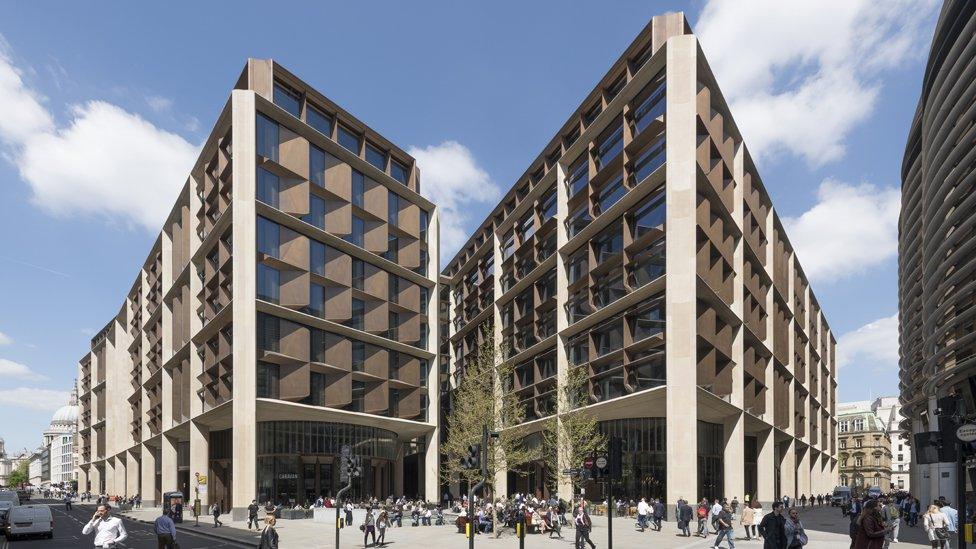
- Published16 January 2019
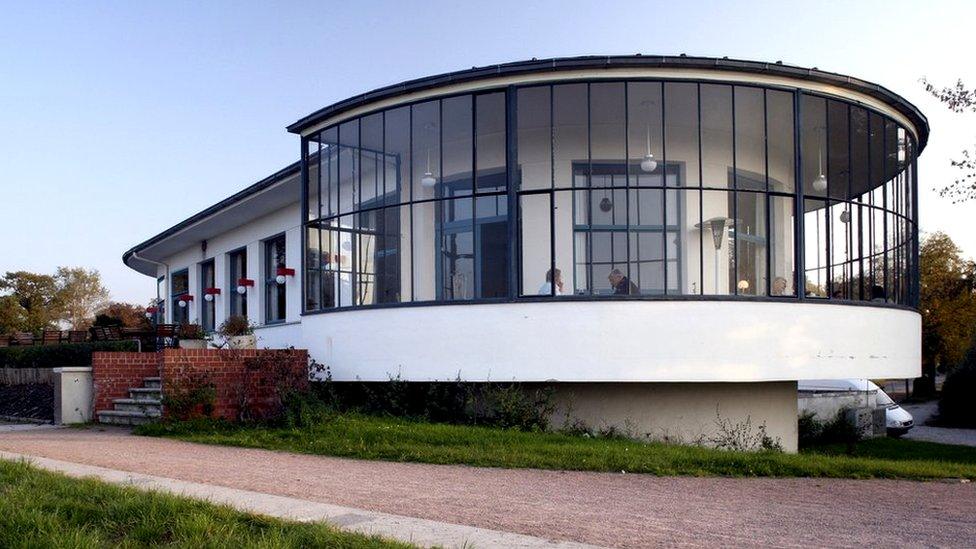
- Published3 October 2018
